- DroidAfrica
- Hotwav
- Hotwav Cyber 7 5G
Hotwav Cyber 7 5G
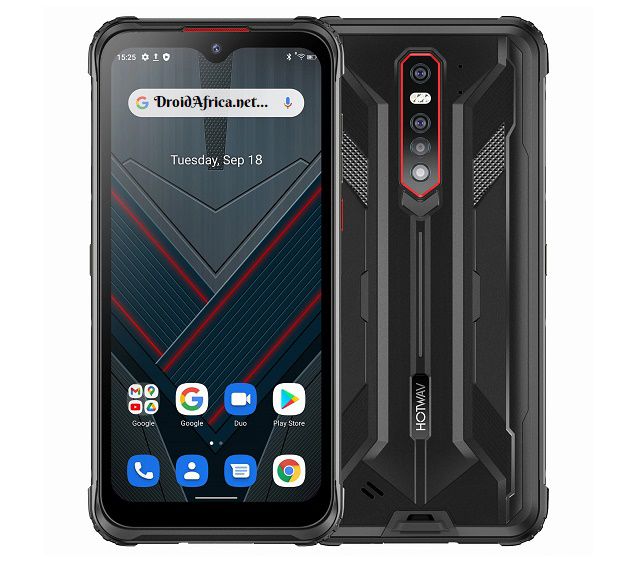
Hotwav Cyber 7 5G Highlights and Overview
The Hotwav Cyber 7 is an entry-level 5G smartphone powered by a Dimensity 700 CPU from MediaTek. The phone is built for the extreme outdoor folks, so you are getting IP68/IP69K and MIL-STD-810 certification for water dust and shock resistance.
From the front, the Hotwav Cyber 7 sports a 6.3-inches display with 1080 x 2340 pixel resolution. The screen is an IPS panel and it has a dewdrop notch on the head. The CPU on the inside is backed by 8GB RAM and 128GB of USF 2.2 built-in storage.
On the camera department, the Cyber 7 has four cameras on the rear; a 48-megapixel main lens with F/1.8, 8-megapixel ultrawide lens with f/2.2, a third 2-megapixel depth lens with F/2.6 and a fourth 20-megapixel night vision camera with F/2.2 aperture.
The phone has dual LED flash, and dual Infrared Light for night images. For selfie, there is a large 32-megapixel lens on the front that supports F/2.0 aperture.
It comes with a side-mounted fingerprint scanner, has dual Nano-SIM with support for 5G SA / NSA network. Interestingly, there is a large 8280mAh battery with 18W fast charger, while Google Android 11 is available out of the box. The table below contains the full specs of Hotwav Cyber 7 5G.
Hotwav Cyber 7 5G Full Specifications and Features
NETWORK
| Technology | GSM / HSPA / LTE / 5G |
| 2G Network Bands |
GSM 850 / 900 / 1800 / 1900 - SIM 1 andamp; SIM 2 CDMA 800 andamp; TD-SCDMA |
| 3G Network Bands |
HSDPA 850 / 900 / 1900 / 2100 CDMA2000 1xEV-DO |
| 4G Network Bands |
LTE band FDD: B1 / 2 / 3 / 4 / 5 / 7 / 8 / 12 / 13 / 17 / 18 / 19 / 20 / 25 / 26 / 28A / 28B / 66 TDD: B34 / 38 / 39 / 40 / 41 |
| 5G Network Bands | 5G band n1 / n3 / n5 / n8 / n20 / n28 / n38 / n41 (PC2) / n77 (PC2) / n78 (PC2) / n79 (PC2) 5G SA / NSA |
| Speed | HSPA 42.2/5.76 Mbps, LTE-A, 5G 4.7/2.5 Gbps |
LAUNCH
| Also Known As |
- - |
BODY
| Dimensions | --- |
| Weight | --- |
| Build |
Corning Gorilla Glass 3 front/back - IP68/IP69K/MIL-STD-810G - Water/Dust/Shock resistance |
| SIM Type | Dual SIM (Nano-SIM, dual stand-by) |
DISPLAY
| Display Type | IPS LCD capacitive touchscreen, 16M colors |
| Size | 6.3 inches, 99.2 cm2 (~82.1% screen-to-body ratio) |
| Resolution | 1080 x 2340 pixels, 19.5:9 ratio (~407 ppi density) |
PLATFORM
| Operating System | Android 11 |
| Chipset | MediaTek MT6833 Dimensity 700 5G (7 nm) |
| CPU | Octa-core (2x2.2 GHz Cortex-A76 & 6x2.0 GHz Cortex-A55) |
| GPU |
Mali-G57 MC2 - Liquid cooling |
MEMORY
| RAM + ROM | 8 GB |
| Card Slot | Yes, up to 1TB via microSD card (uses SIM2 slot) |
MAIN CAMERA
| Camera Type | Quadruple Lenses |
| Camera Sensor(s) |
Main: 48MP, f/1.8 PDAF Ultrawide: 8MP, f/2.2, 118˚ FoV Depth: 2MP, f/2.6 Night Vision: 20MP, F/2.2 |
| Camera Features |
Autofocus Continuous shooting Digital zoom Geotagging Panorama HDR Touch focus Face detection |
| Video Resolution | 1080p/720@30fps |
SELFIE CAMERA
| Camera Type | Single Lens |
| Camera Sensor(s) | 32 MP Front Facing Camera |
| Camera Features |
FaceID, HDR |
| Video Resolution | 1080p@30fps |
SOUND
| Loudspeaker | Yes |
| Speaker Location | Chin, below display |
| Audio Jack Type | No |
CONNECTIVITY
| Bluetooth | Bluetooth 5.0, A2DP, LE |
| NFC | |
| GPS | Yes, with A-GPS, GLONASS, GALILEO, BDS |
BATTERY
| Battery Capacity | Non-removable Li-Po 8280mAh battery |
OTHER FEATURES
| Sensors | Fingerprint (side-mounted), accelerometer, proximity, compass |
| Box Contents | Charging Brick / USB cable |
Hotwav Cyber 7 5G User Reviews and Opinions
Comments 4
Leave a Reply
Disclaimer Note
This specification was entered manually, hence we CANNOT guarantee 100% accuracy. Any error? Let us know in the comment section.







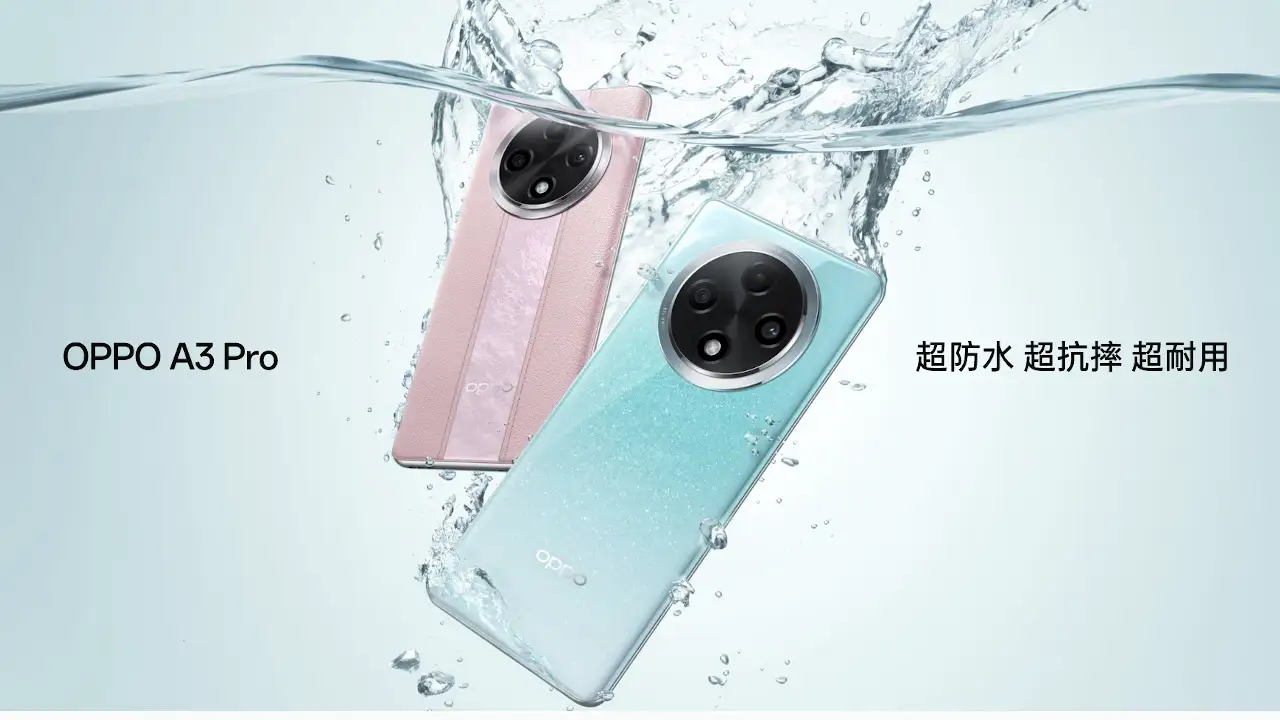

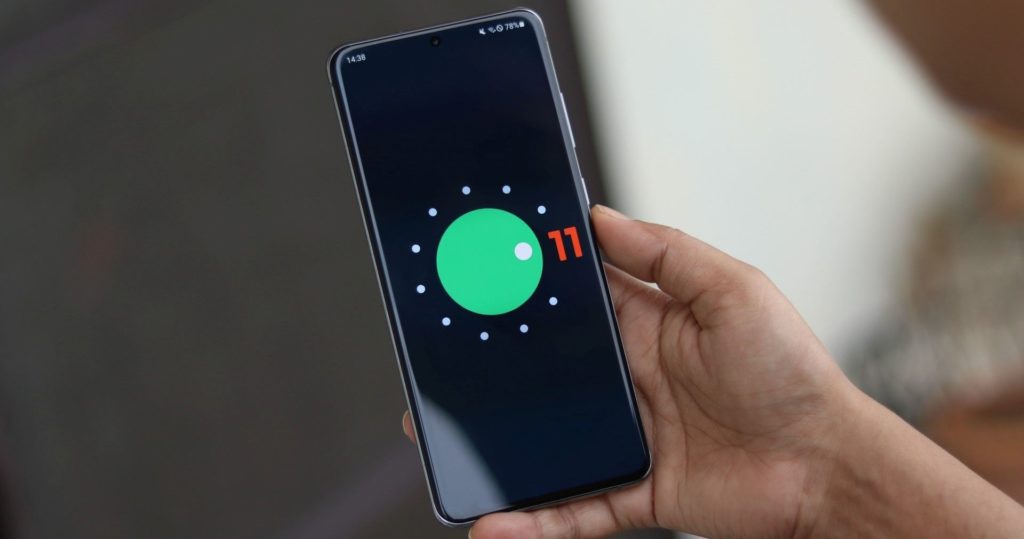
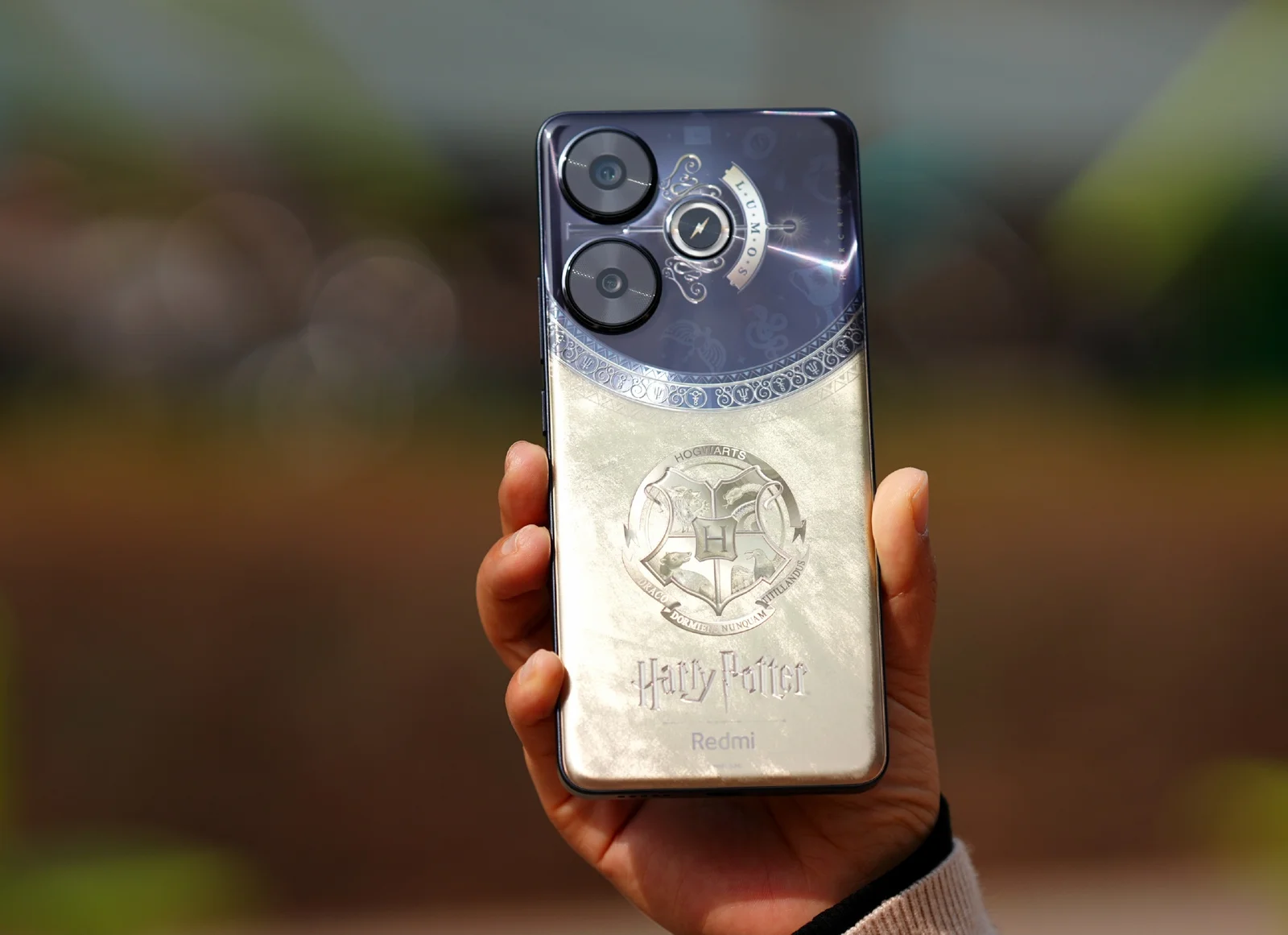
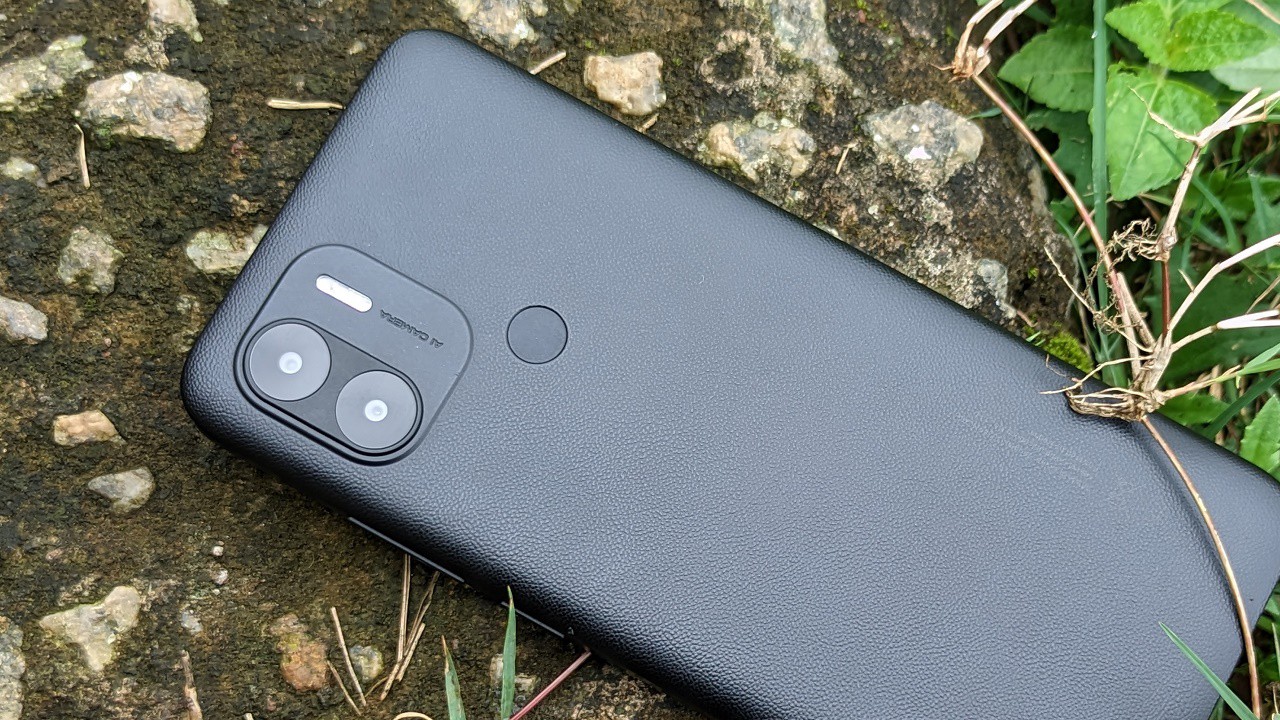
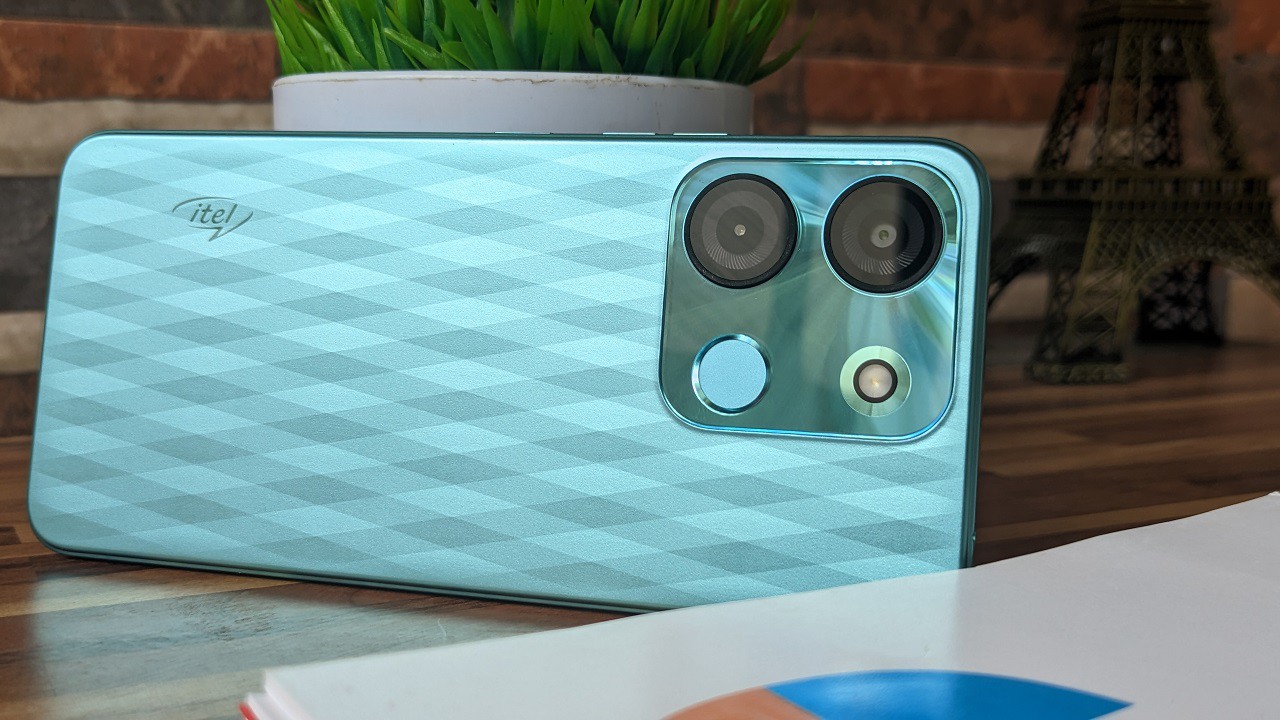
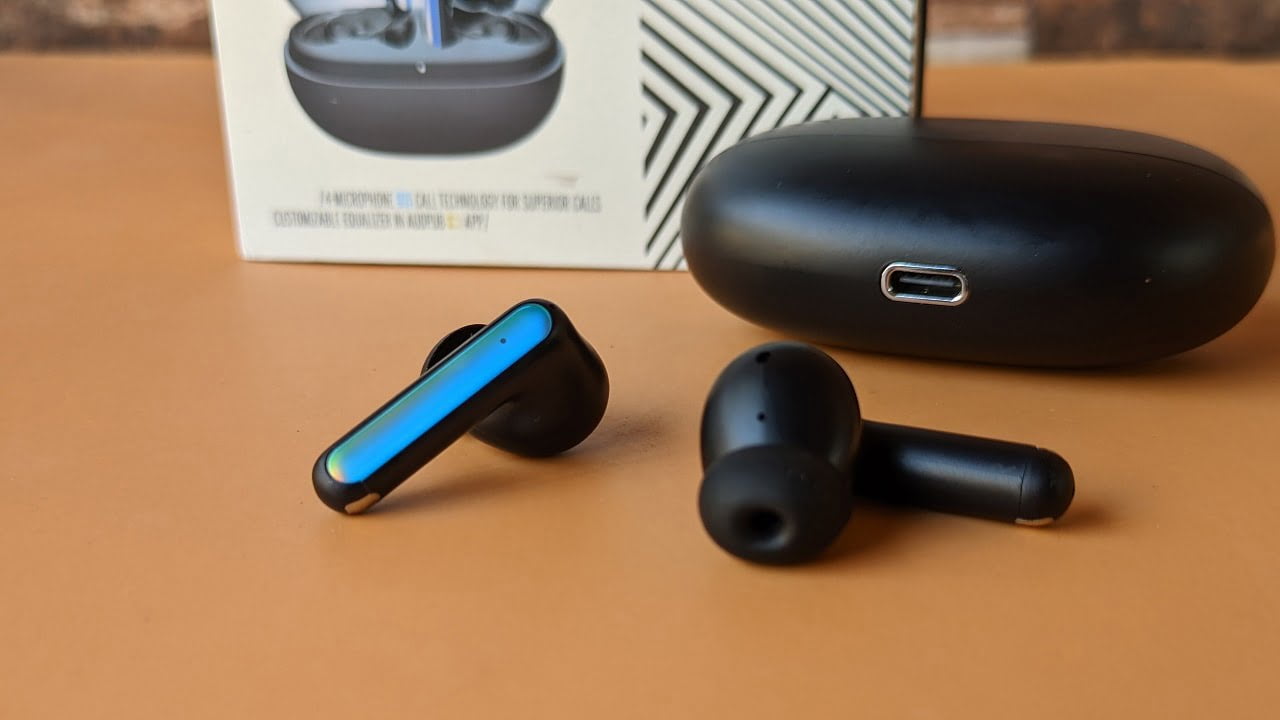
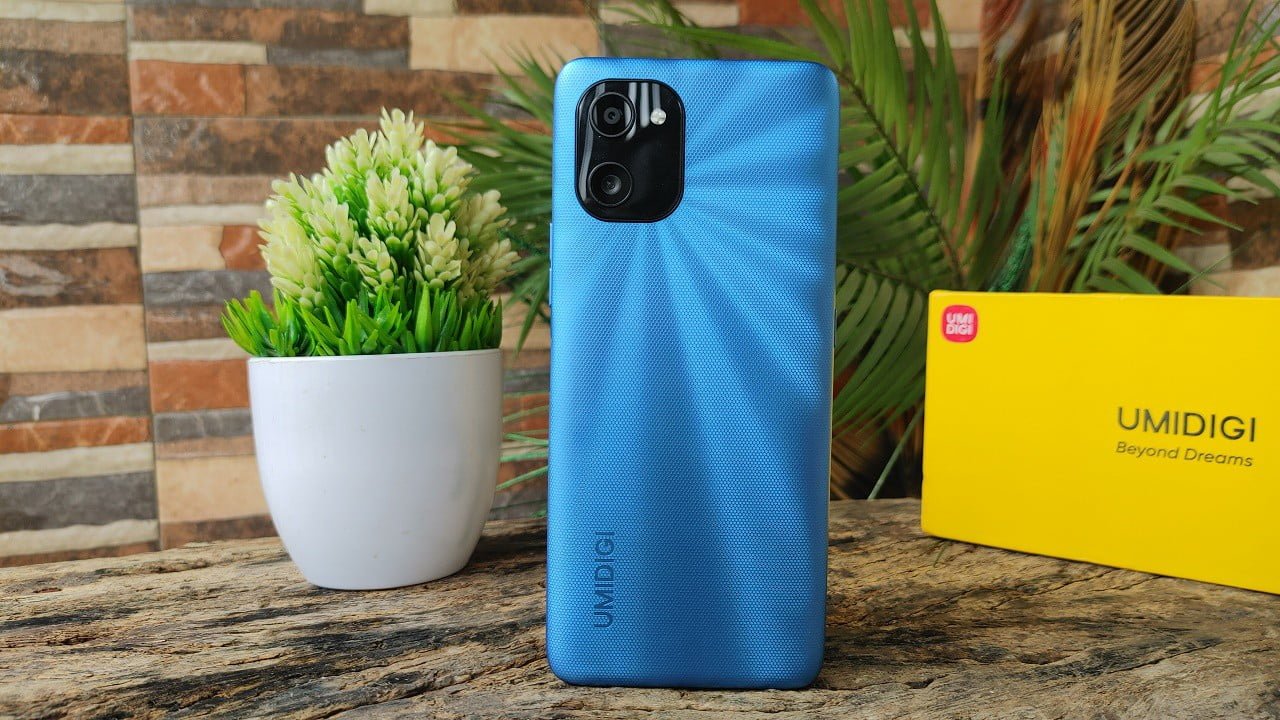
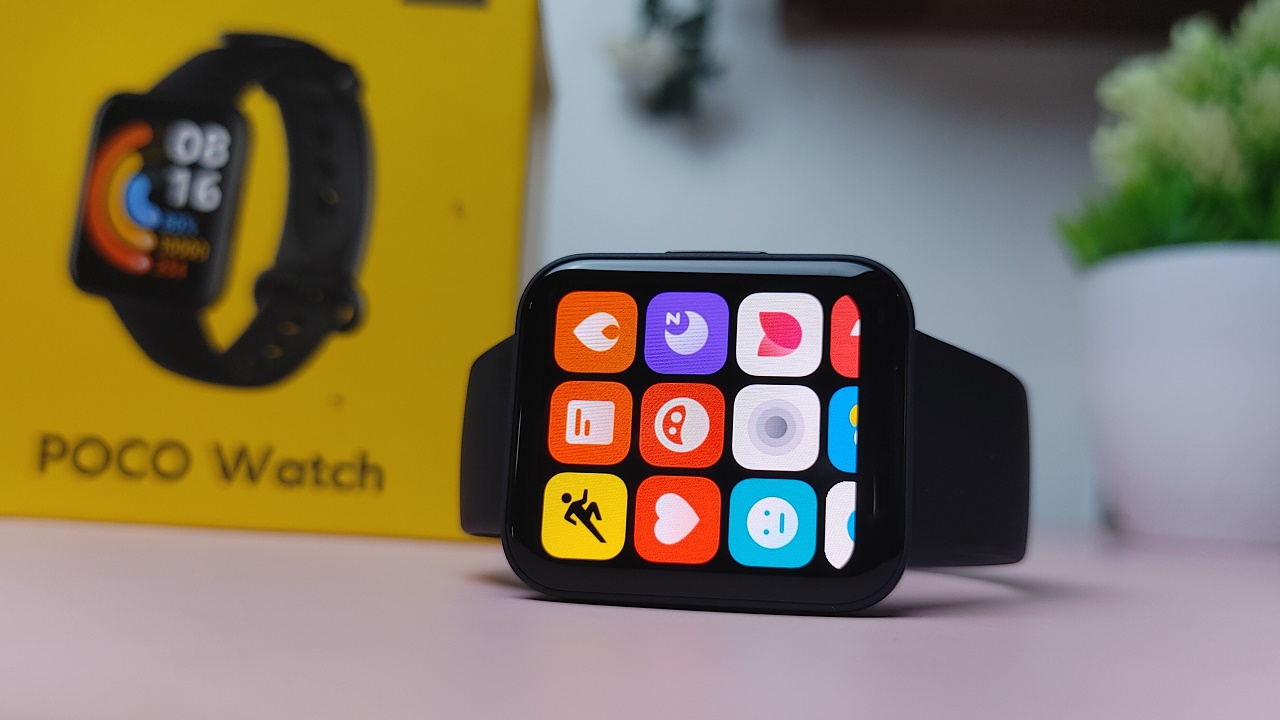
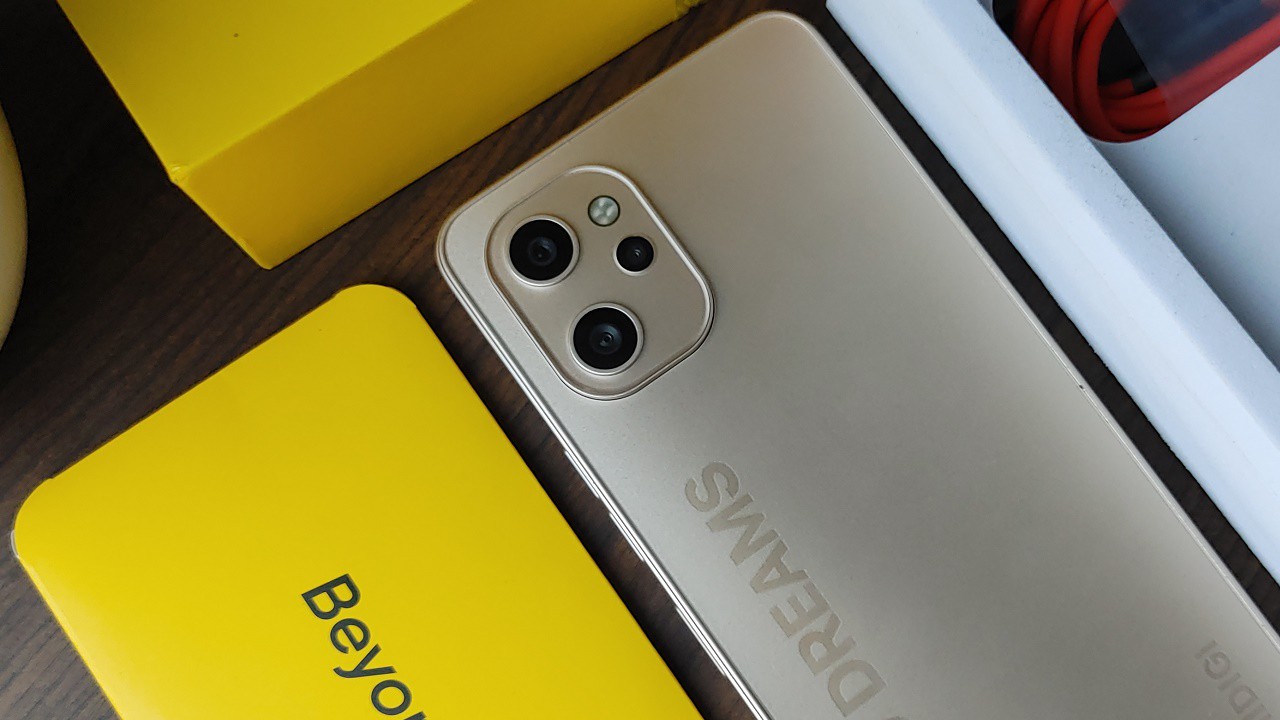
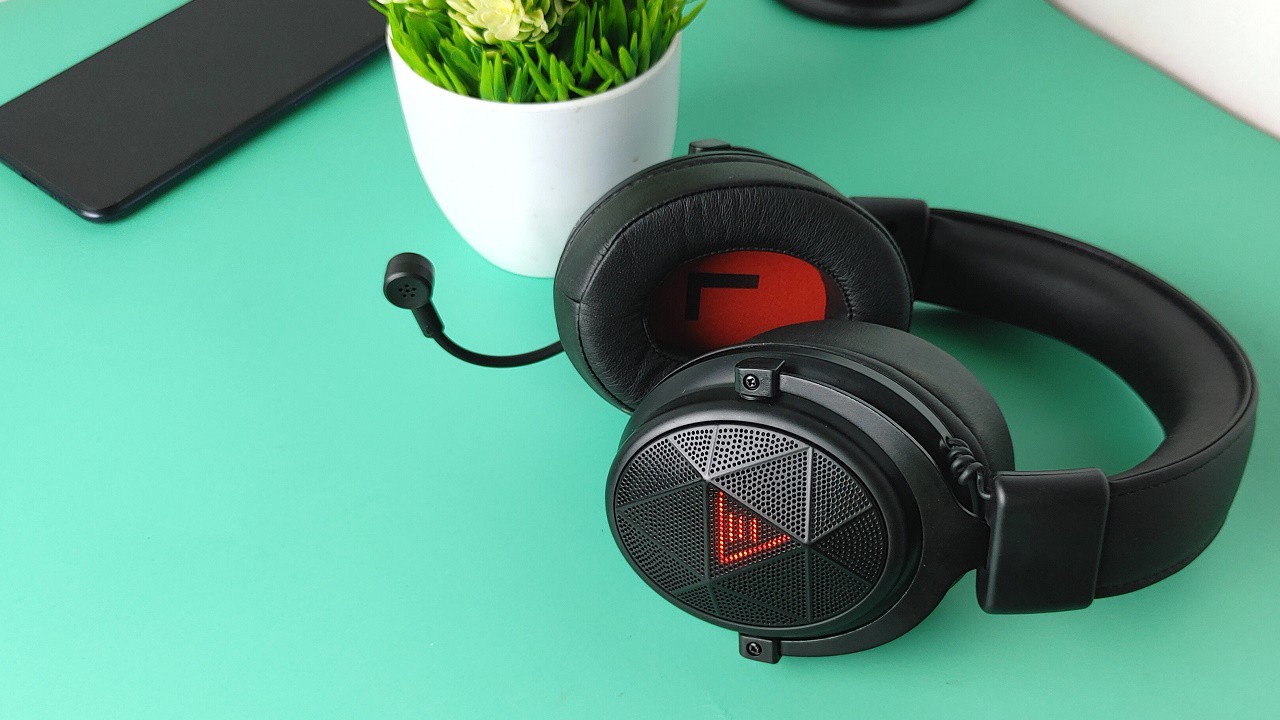
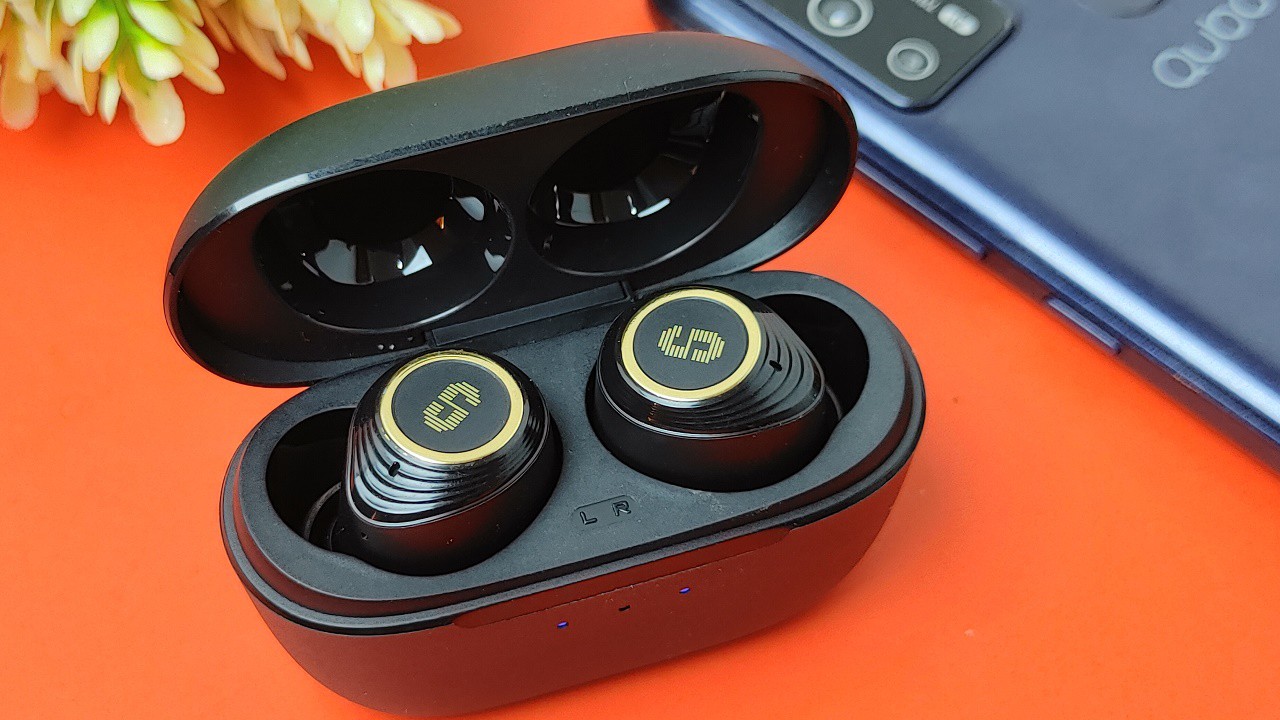
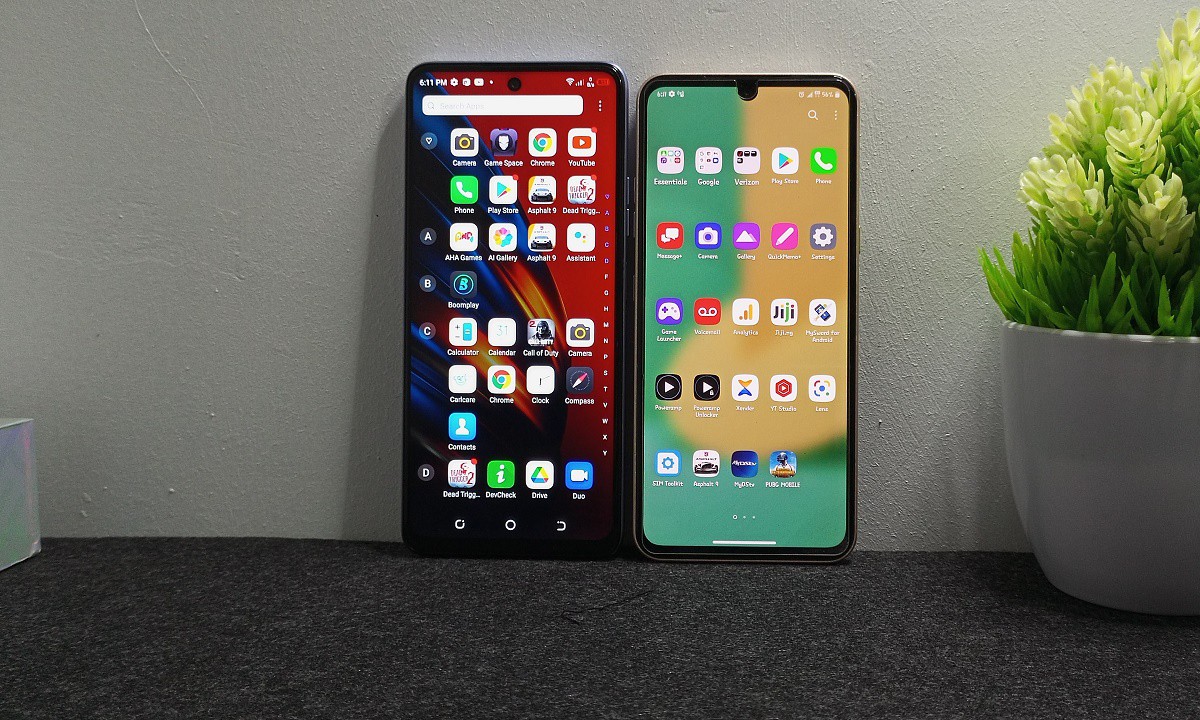

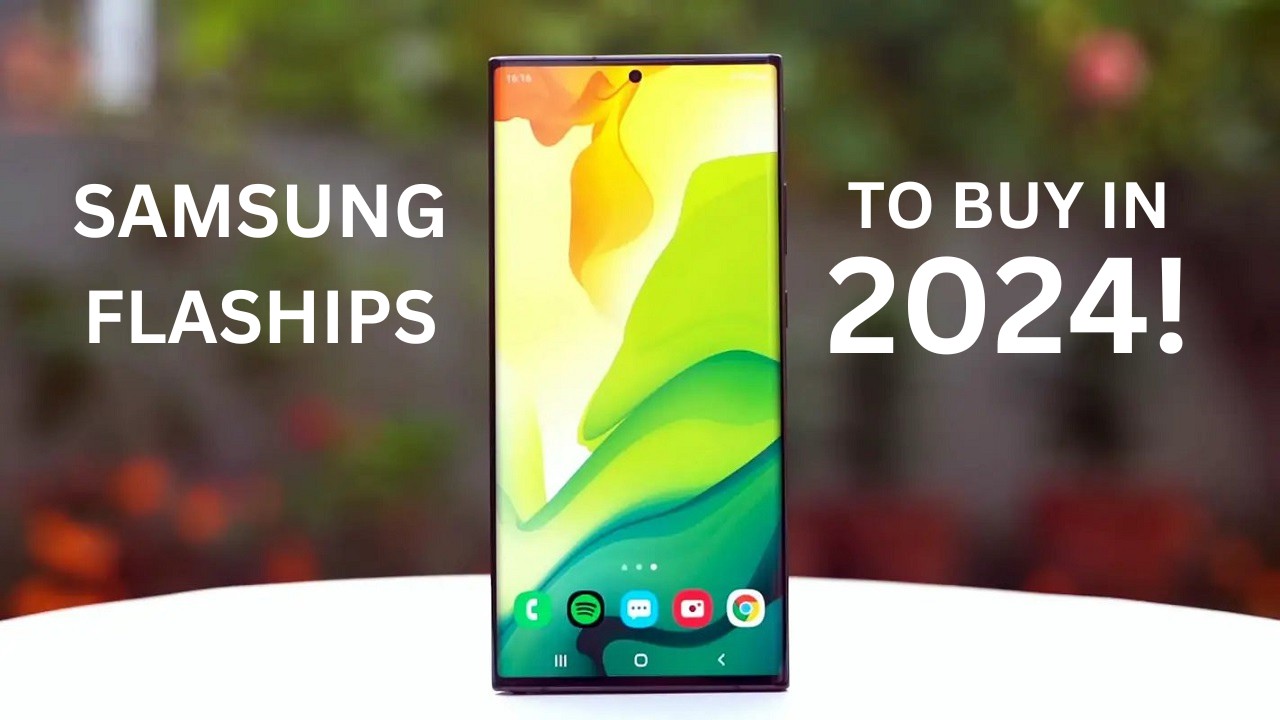
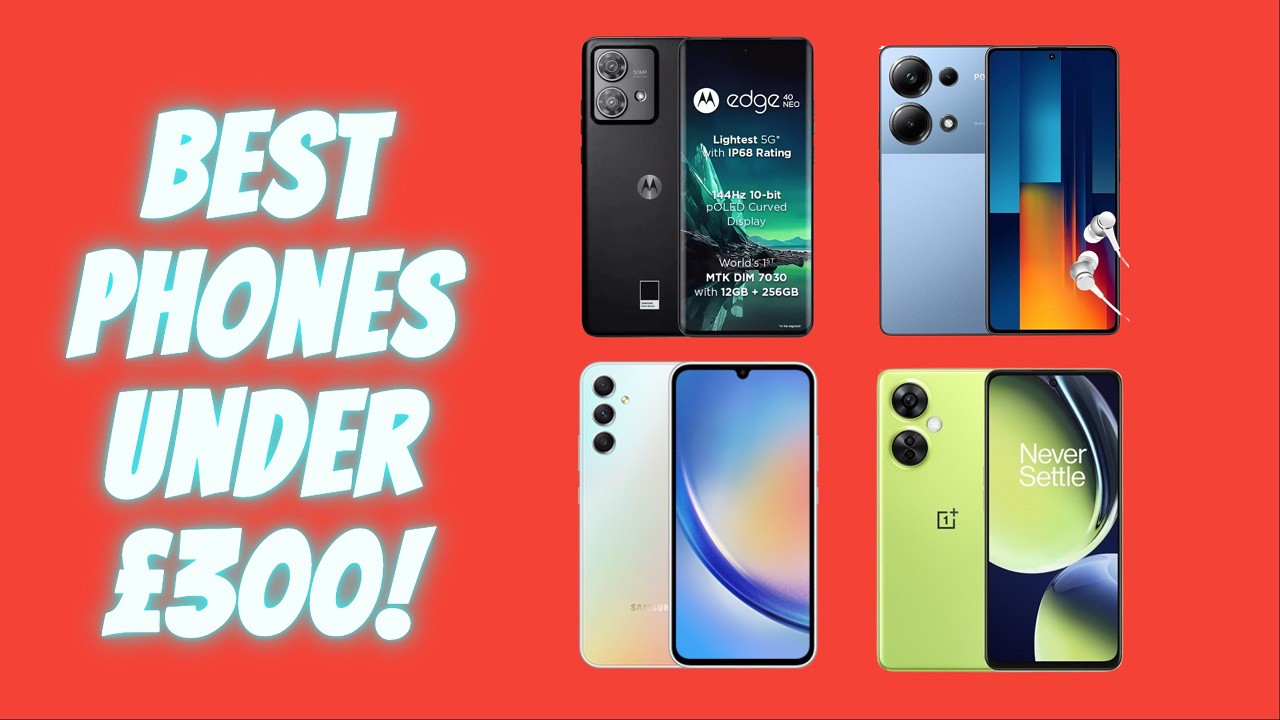

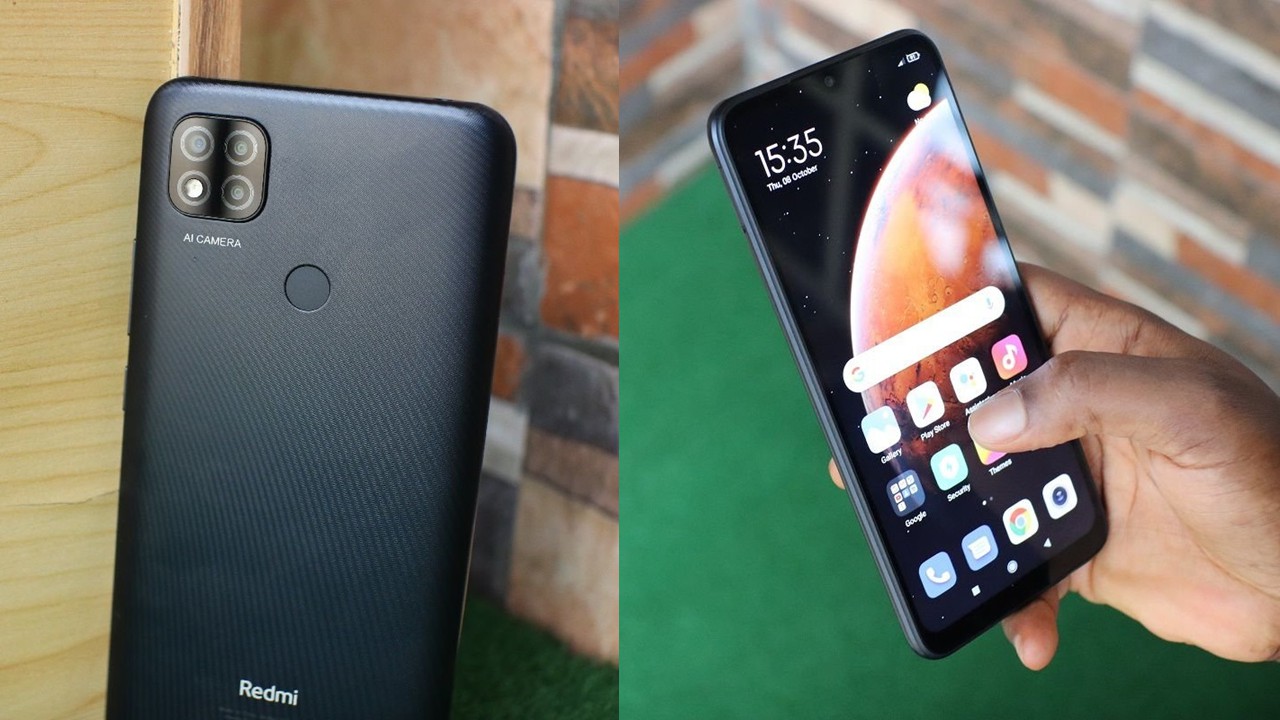
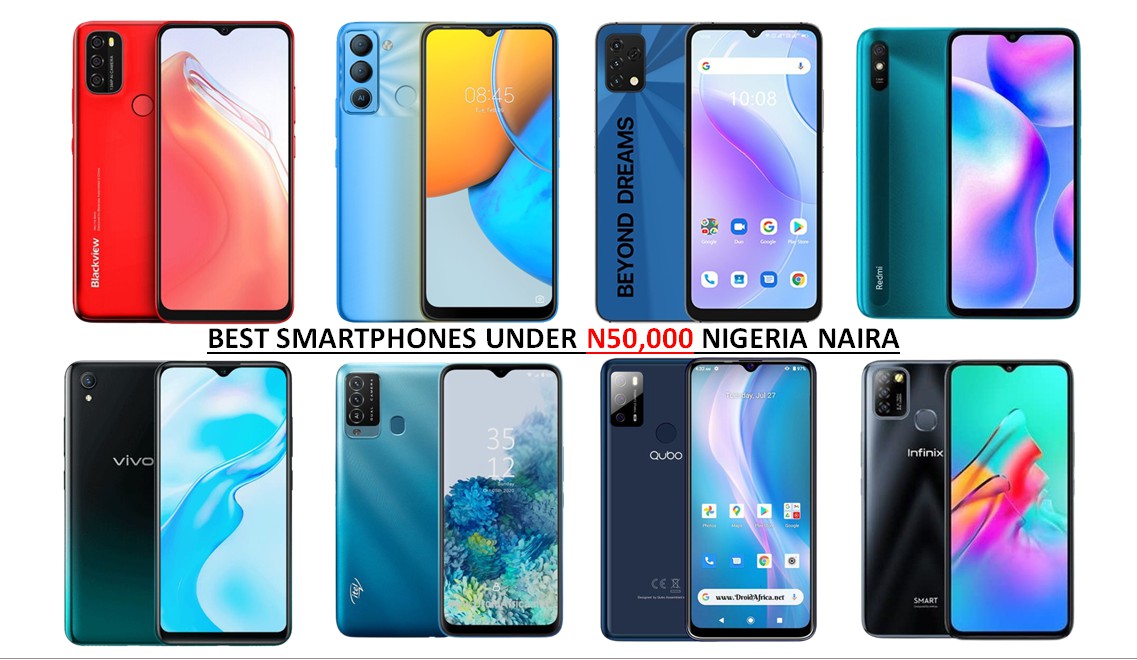
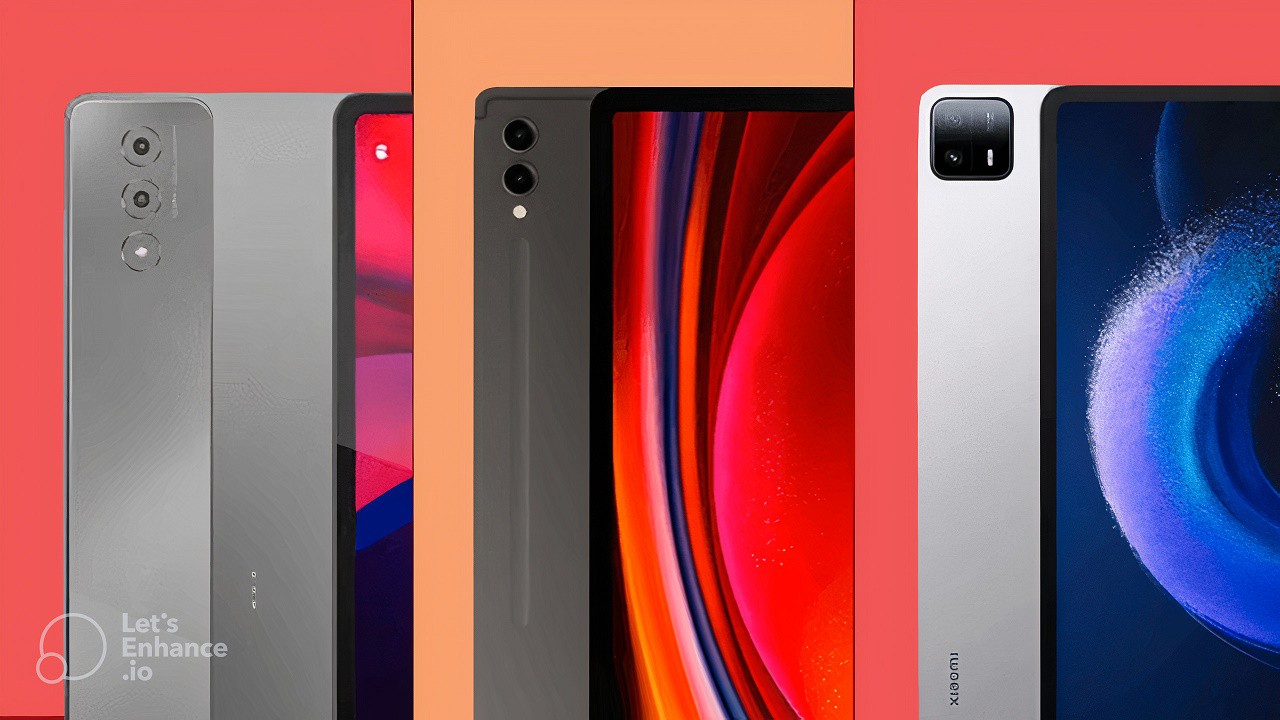
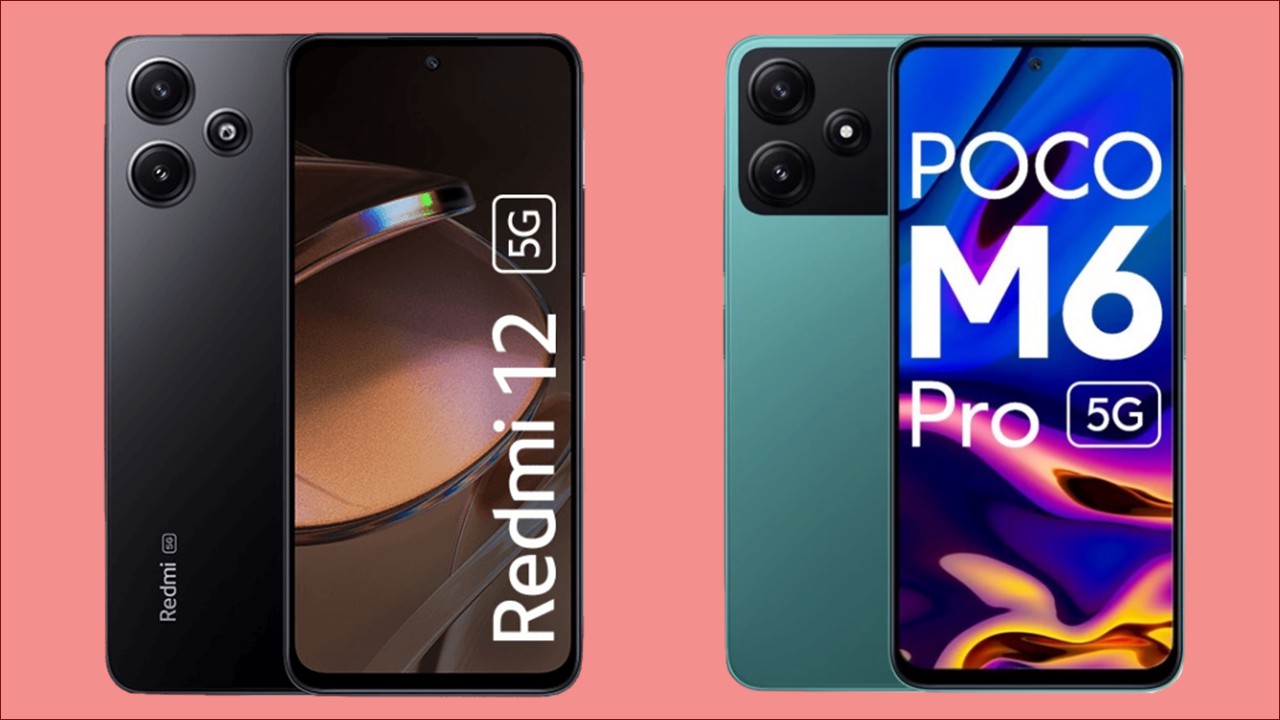
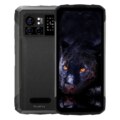
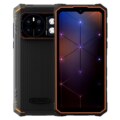

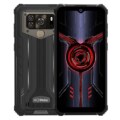

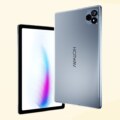
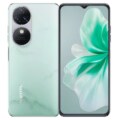
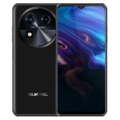
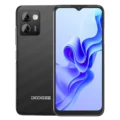

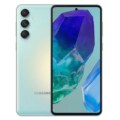
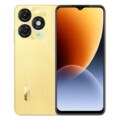

what is the screen Hz Display specs with the Hotwav Cyber 7 5G please
What is sd card size u can put in it.?
It should support between 128GB to 256GB
Does it FM Radio please?